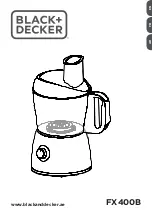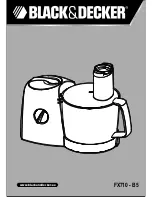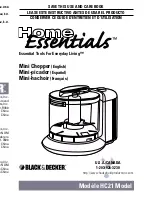HOST INTERFACE (HI)
MOTOROLA
PORT B
5 - 19
side are discussed in Section 5.3.6.5 Host Port Usage Considerations – Host Side.
DMA, HF1, HF0, HCP, HTDE, and HRDF status bits are set or cleared by the host pro-
cessor side of the interface. These bits are individually synchronized to the DSP clock.
The only system problem with reading status occurs if HF1 and HF0 are encoded as a
pair because each of their four combinations (00, 01, 10, and 11) has significance. There
is a small possibility that the DSP will read the status bits during the transition and receive
“01” or “10” instead of “11”. The solution to this potential problem is to read the bits twice
for consensus (See Section 5.3.6.5 Host Port Usage Considerations – Host Side for
additional information).
5.3.3
Host Interface – Host Processor Viewpoint
The HI appears to the host processor as eight words of byte-wide static memory. The host
may access the HI asynchronously by using polling techniques or interrupt-based tech-
niques. Separate transmit and receive data registers are double buffered to allow the DSP
CPU and host processor to transfer data efficiently at high speed. The HI contains a rudi-
mentary DMA controller, which makes generating addresses (HA0–HA2) for the TX/RX
7
0
0
0
0
HF3
HF2
HCIE
HTIE
HRIE
MASK
HCR
DMA
0
0
HF1
HF2
HCP
HTDE
HRDF
7
0
X:$FFE
X:$FFE
DSP CPU INTERRUPTS
RECIEVE DATA FULL
P:$0020
TRANSMIT DATA EMPTY
P:$0022
HOST COMMAND
P:(2xHV
➞
$0000 - $007E)
RESET
➞
HV = $0012 in CVR
HCR
STATUS
Figure 5-11 HSR–HCR Operation
F
re
e
sc
a
le
S
e
m
ic
o
n
d
u
c
to
r,
I
Freescale Semiconductor, Inc.
For More Information On This Product,
Go to: www.freescale.com
n
c
.
..


















